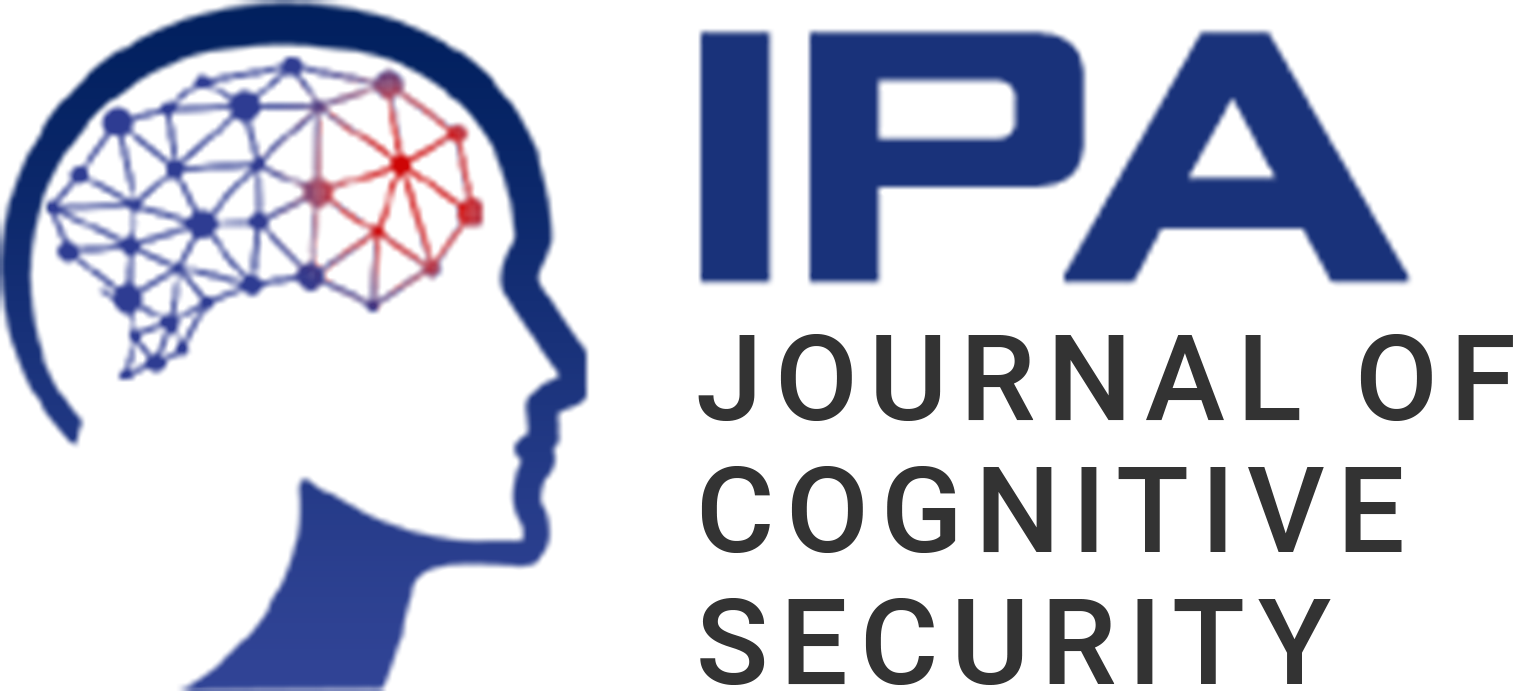Elizabeth Dwoskin, June 13th 2019, Washington Post https://www.washingtonpost.com/technology/2019/06/13/how-youtube-erased-history-its-battle-against-white-supremacy/
Its removal of thousands of videos and channels featuring Holocaust denial and Nazi ideologies offended a wide array of would-be supporters of its new hate-speech policy
SAN FRANCISCO — Last week, YouTube launched a crackdown on white supremacists and purveyors of hoaxes. It took down thousands of videos and channels that featured Holocaust denial and promoted Nazi ideologies.
But instead of praise, the implementation of a new hate-speech policy managed to offend a wide array of would-be supporters: Some of the advocates who had been lobbying for YouTube to change its practices protested that their video clips had been wrongly caught up in the sweep. Among the videos that YouTube removed were clips of Hitler’s speeches and videos explaining the origins and dangers of white-supremacist ideas that had historical and educational value.
YouTube wields enormous power as the gatekeeper of 5 billion hours of video watched daily. Its role is part social media service, part real-time broadcaster and part archive — meaning censorship on YouTube is more likely to raise difficult questions of erasing history.
Far more than Facebook or Twitter, YouTube’s vast video library has made it a first destination for countless students to research their term papers. Academics and journalists use the archival footage uploaded onto the site to analyze the past.
Because the service has a “quasi-educational role,” said Adam Neufeld, vice president for the Anti-Defamation League, it is even more important that the company be vigilant about not pushing misinformation.

But unlike a traditional library, YouTube’s algorithms are designed to recommend related content and reward “watch time,” a formula that too often has led unwitting users down a rabbit hole of conspiracies and hateful ideas. Instead of solving that problem, the company’s new policies appeared to throw the baby out with the bathwater — to take down the good with the bad in one fell swoop.
The company has “a big problem with blanket or ham-handed applications of rules,” said Heidi Beirich, director of the Intelligence Project for the anti-hate advocacy group the Southern Poverty Law Center (SPLC). One of the group’s videos had been removed in the purge.
By Thursday, YouTube had reinstated some of the videos, including the SPLC’s clip, and even put up its own warning labels on some educational content.
But the company also emphasized that it was up to the public to provide context when people are uploading sensitive content or their videos would be taken down. YouTube, which until recently adopted an anything-goes approach to user-generated content, now argues that the public may not be able to readily discern the difference between the promotion of a hateful ideology and the act of teaching about it.
YouTube’s new policy prohibits videos in which a user asserts superiority over a vulnerable group, such as women, veterans, gay people, people of color and victims of a violent crime. The policy also bans videos alleging that a well-documented violent event, such as the Holocaust or the Sandy Hook school shooting, did not take place. Previously, YouTube banned only videos in which users directly called for violence against a protected group.
The company uses a combination of human monitoring and software in its takedown efforts, and says that every video that was taken down in the sweep was subject to a human review.
“We aren’t quite where we want to be,” said Sundar Pichai, the chief executive of YouTube parent Google, in a Sunday interview with Axios on HBO, describing YouTube’s efforts to remove hate speech. “YouTube is the scale of the entire Internet. But I think we are making a lot of progress.”
“It’s a hard computer science problem,” he added. “It’s also a hard societal problem because we need better frameworks around what is hate speech, what’s not, and how do we as a company make those decisions at scale and get it right without making mistakes.”
YouTube said that with a service so large — over 1.8 billion people log in on a monthly basis — there were bound to be mistakes. He said the company was looking at ways to make content that has academic and research value available to researchers in the future. “Policy updates are always complicated, especially at the beginning as teams get up to speed,” said YouTube spokesman Farshad Shadloo. “Our policies apply to all creators equally.”
Educational videos that got swept up in YouTube’s takedown include clips of Hitler’s speeches uploaded by teachers who focus on World War II. A video channel run by California State University’s Center for the Study of Hate and Extremism also disappeared from the platform but was reinstated after inquiries from the Los Angeles Times. (YouTube confirmed that the video was reinstated.)
